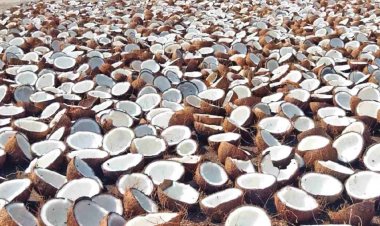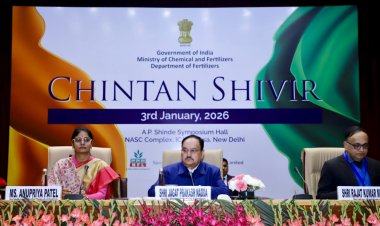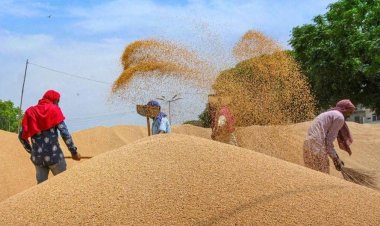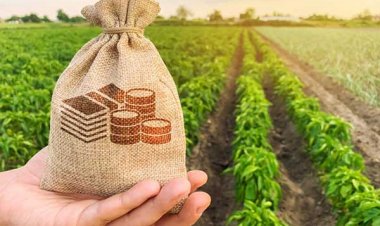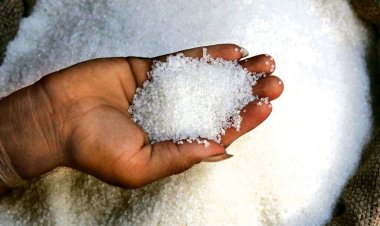Fertilizer shortage crisis looms due to steep rise in global prices
The international market is undergoing a phase of a steep rise in fertilizer prices. Besides China’s decision to temporarily suspend the exports of urea and DAP, the economic sanctions imposed against Belarus by the western countries is seen to be the major reason for this. Although there is no crisis of fertilizer availability in the current Kharif season, the fertilizer companies are postponing imports amidst rapidly rising prices. Given this situation, if the government does not decide to increase the fertilizer subsidy in time, the Rabi season may witness a crisis of fertilizer availability.
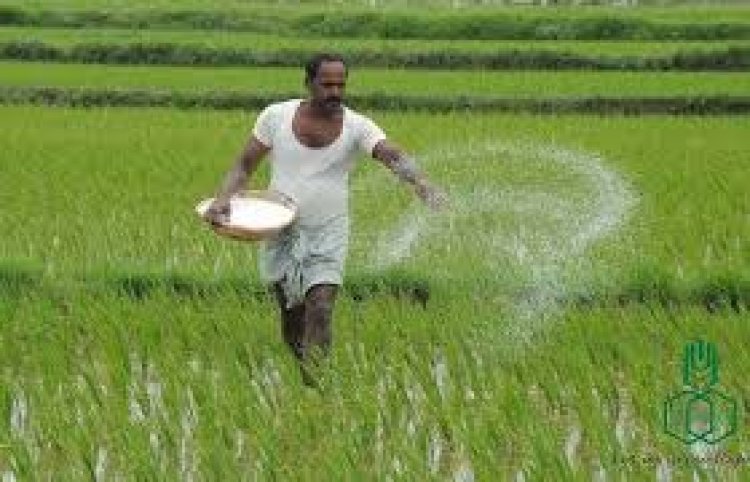
The international market is undergoing a phase of a steep rise in fertilizer prices. Besides China’s decision to temporarily suspend the exports of urea and Diammonium Phosphate (DAP), the economic sanctions imposed against Belarus by the western countries is seen to be the major reason for this. Although there is no crisis of fertilizer availability in the current Kharif season, the fertilizer companies are postponing imports amidst rapidly rising prices. Given this situation, if the government does not decide to increase the fertilizer subsidy in time, the Rabi season may witness a crisis of fertilizer availability.
The Assemblies in five states, including Uttar Pradesh, Punjab and Uttarakhand, are going to polls around the Rabi season this year. If there is any sort of fertilizer scarcity during that period, the incumbent National Democratic Alliance (NDA) may have to pay dearly for the farmers’ resentment. A somewhat similar situation had arisen 13 years ago on the eve of the 2009 Lok Sabha elections. In 2008, fertilizer prices had gone through the roof in the international market. The then government had to resort to a massive increase in fertilizer subsidy to check the prices in the domestic market because it did not want to incur the farmers’ wrath in the 2009 elections.
According to industry sources, fertilizer imports have registered a decline during April-July 2021 in comparison to the corresponding period last year. During this period, urea imports have gone down from 23. 43 lakh tonnes (lt) to 22.05 lt. The DAP imports have gone down from 24.06 lt to 22.03 lt; and Muriate of Potash (MOP) imports from 16.06 lt to 10.33 lt. As for other complex fertilizers, their imports have gone down to 5.45 lt during April-July 2021 as compared to 6.43 lt in the corresponding period last year.
Besides imports, even domestic production has registered a decline in comparison to last year. During April-July 2021, the production of urea stood at 78.82 lt while it was 82.18 lt in the corresponding period last year. The DAP production during this period this year has been 11.11 lt compared to 12.66 lt in the corresponding period last year. However, the production of other complex fertilizers has gone up and stands at 30.91 lt this year in comparison to 27.89 lt last year. Similarly, the production of Single Super Phosphate (SSP) has also gone up to 17.06 lt during April-July this year from 17.01 lt in the corresponding period last year.
Industry sources say that there is no shortage of fertilizer availability in the Kharif season, but the problem may arise after October. The reason for this is the increasing international prices. At this time last year, contracts for urea imports were signed for the country at the price (cost and freight included or CFR) of $290 per tonne. But this price has now gone up to $510-515 per tonne. The import price of DAP has gone up from $330 per tonne to $630 per tonne; that of phosphoric acid from $625 per tonne to $998 per tonne; ammonia from $205 per tonne to $670 per tonne; and sulphur from $75 per tonne to $210 per tonne. OCP, the state-owned company of Morocco, has increased the price (CFR) of phosphoric acid to $1160 per tonne for July-September. Domestic DAP producers say that import at this price is not economically feasible.
The situation is similarly full of troubles in the case of MOP. A year ago, MOP was being imported at $230 per tonne while the Indian importers signed contracts with the global producers at $280 per tonne for the December 2021 supply. However, thanks to the economic sanctions imposed against Belarus by the US and the European countries, the prices have surged from $280 per tonne to $400 per tonne. Belarus, an East European country, is the second-largest MOP supplier for India after Canada. With the prices for fresh contracts having reached up to $400, importers are coming under pressure to revise even the earlier contracts made at $280.
Belarus is not the only reason, however. China, too, has temporarily suspended fertilizer exports, thereby giving rise to uncertainty in the export situation in the global market. China is another large supplier of fertilizers to India, especially for urea and DAP. Last week, China’s National Development and Reform Commission decided to temporarily suspend exports so as to assure supplies in the domestic market. India imports about 30 lt of urea and 15-20 lt of DAP from China.
Fertilizer industry sources say that the central government may have to take a call soon on hiking the fertilizer subsidies as a delay on this count will impact imports, which in turn may cause a scarcity of these fertilizers in the Rabi season. The government will have to decide on this before September.
When the fertilizer companies went for an increase of more than 50 per cent in DAP prices since April, the government brought about a massive hike in DAP subsidy. This decision was made on 20 May 2021 and the phosphorus subsidy was increased from Rs 14.888 per kg to Rs 45.322 per kg. The move helped keep the prices of DAP and other complex fertilizers at their earlier levels. However, the notification had been issued to hike the subsidy only up to the period of October 2021. In the current circumstances, the government may not only have to hike the DAP subsidy further but also the subsidy on other fertilizer nutrients.
Even the United Progressive Alliance (UPA) government had to resort to a massive hike in fertilizer subsidy in the wake of the increase in prices of fertilizers and their raw materials in the international market, because it was not easy to make the other choice of increase in the politically sensitive fertilizer prices. The 2007-08 subsidy budget of Rs 32,490 crore had to be inflated to Rs 76,603 crore in 2008-09. Besides, fertilizer companies had been issued bonds worth Rs 20,000 crore in lieu of fertilizer subsidy. During August-October 2008, the prices of urea, DAP and MOP had reached the record levels of $865, $1,230 and $1,060 per tonne respectively.
Recent data, however, reveal that the sale of fertilizers in the current year is lagging behind that last year. One of the reasons for this may be the delay in the monsoon. Industry sources had also spoken at the beginning of this financial year about how the uncertainty prevailing then on the DAP prices could lead to a decline in sales. However, as far as availability is concerned, there is no crisis on that front in the current Kharif season. But the government will have to make the decision on the subsidy front in time so that better availability of fertilizers continues.



 Join the RuralVoice whatsapp group
Join the RuralVoice whatsapp group

















